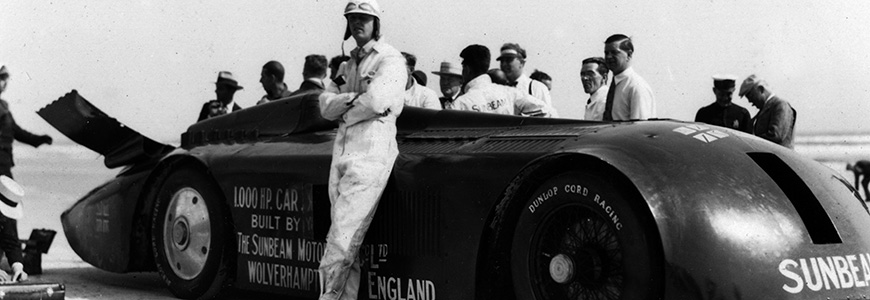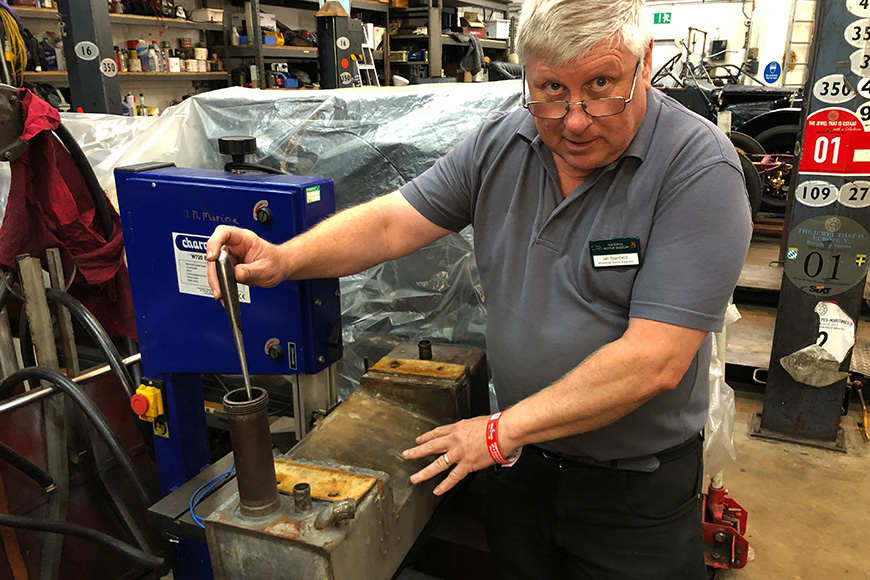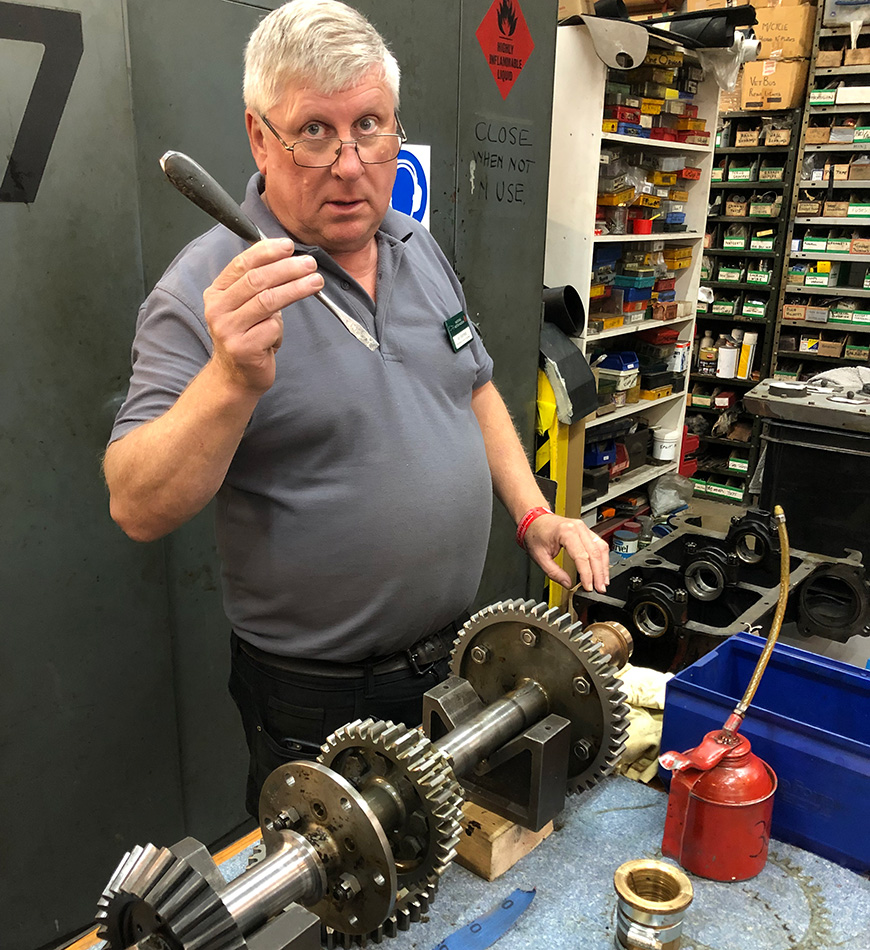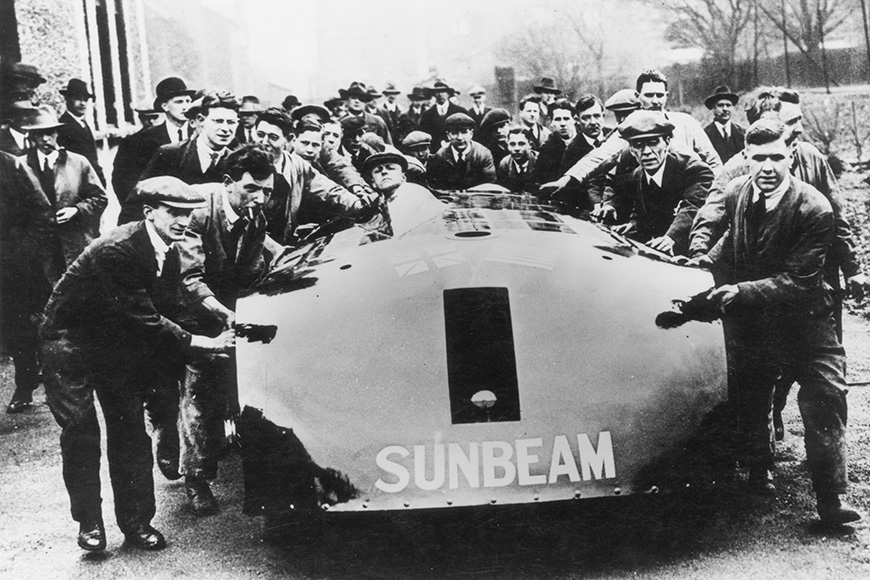
National Motor Museum mechanics have discovered time capsule finds during the start of the restoration of Land Speed Record breaker Sunbeam 1000hp.
The historic finds were made while the workshop team removed its two colossal V12 aero engines, workings and body panels for the Sunbeam 1000hp Restoration Campaign. The campaign aims to raise £300k to restore ‘The Slug’ and take it back to Daytona Beach in Florida for the 100th anniversary of its record-breaking run in 2027.

A 1920s wooden handle screwdriver, which was used by one of the original mechanics before Major Henry Segrave broke the 200mph barrier, had been dropped into the filler neck of its engine oil tank while he checked the levels – and stayed inside for almost a century.
Meanwhile, a preserved shilling with a 1921 stamp was found in solidified oil on top of the rear suspension spring, when bodywork was taken off to expose the chassis.
An adjustable spanner from the time of its landmark run was also uncovered, after being similarly ‘glued’ to the chassis with vegetable-based Castrol R oil.
National Motor Museum Senior Engineer Ian Stanfield explained: “It’s the first 200mph screwdriver, which couldn’t have been taken out of the oil tank because it was buried under the engine. We cleaned out the tank where the oil had solidified, using hot water and detergent, and after shaking the tank the vintage screwdriver eventually tipped out.”

He added: “After the LSR breaking run, the oil would have stuck like glue on top of the chassis which is where we made the other discoveries.
“It is like a time capsule which is all part of the incredible history of Sunbeam 1000hp. It has only ever been driven for 50 miles to break the world record and these are the style of tools which would have been used by the mechanics when they built it.”
The National Motor Museum’s specialist workshop team has needed to make its own bespoke tools to fit the iconic record breaker, in order to dismantle it.
Visitors to Beaulieu can see the exposed chassis on show in the National Motor Museum, until Sunbeam 1000hp is taken to motoring events at the end of the summer.
The Sunbeam 1000hp Restoration Campaign was launched with Hampshire-based Brookspeed Automotive in March. To help raise the profile of the vehicle’s centenary celebrations and fundraising campaign – through individual donations and corporate sponsorship – there are plans to take it to Europe and on tour to motoring museums across America. Opportunities will also be offered for schools, colleges and universities to get involved with STEM workshops and activities.

The Sunbeam’s two 22.5 litre engines, which each produced 435bhp, have not run since before World War II more than 80 years ago – after corrosion attacked internal workings. With painstaking rebuilding, using specialist knowledge and bespoke parts, National Motor Museum engineers will recapture the sounds, sights and smells of this ground-breaking machine and help to preserve it for future generations.
Designed and built solely to break the 200mph barrier, this immensely powerful machine was once the fastest car in the world. For footage of the Sunbeam’s record-breaking runs, go to Beaulieu’s YouTube channel.
Funds are now needed to turn back the clock and complete the full restoration project. Donations for the Sunbeam 1000hp Restoration Campaign can be made online. Sponsors and corporate donors who would like to be associated with the campaign are urged to get in touch by emailing michelle.kirwan@beaulieu.co.uk.
